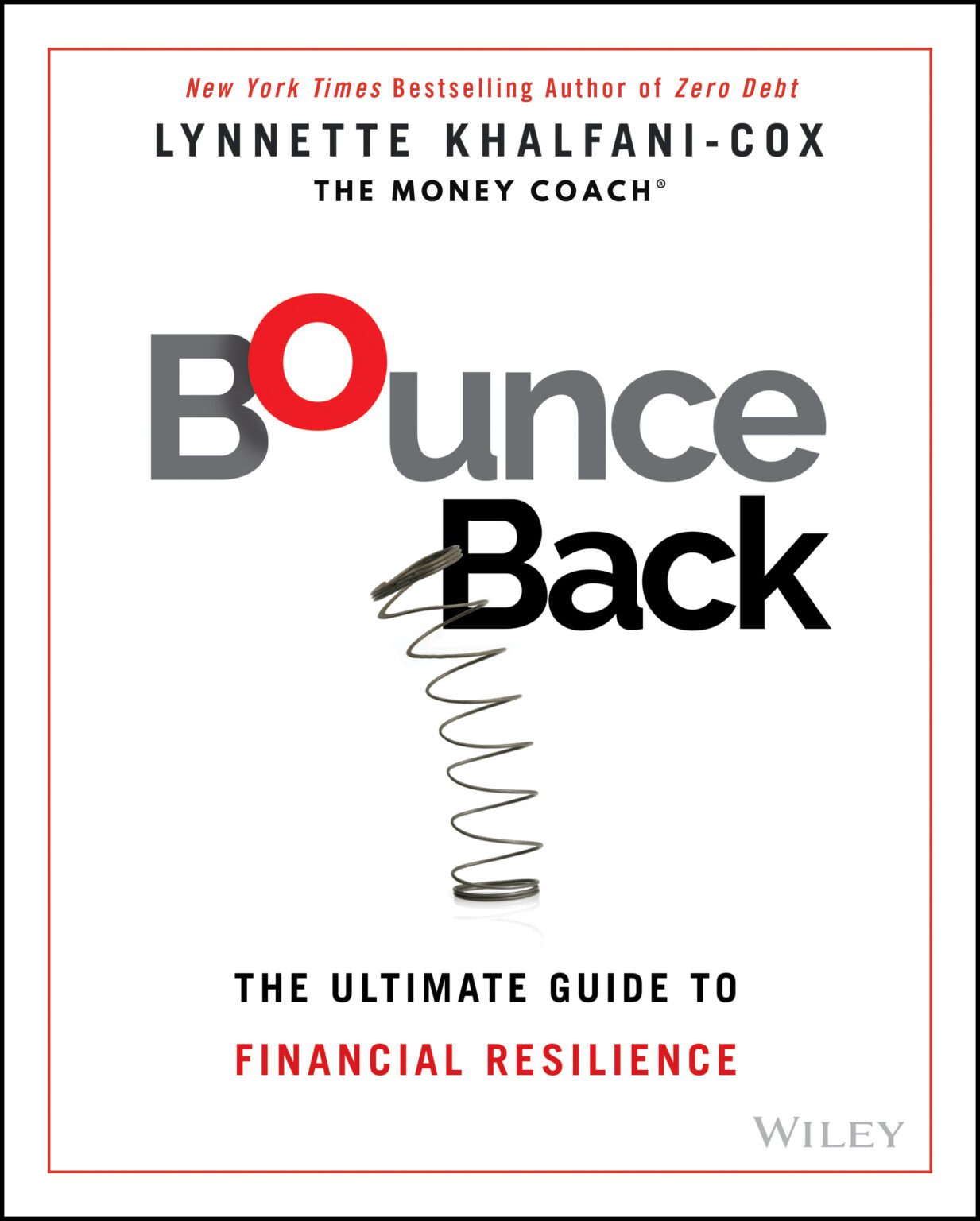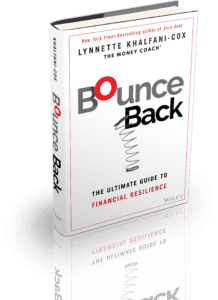Chase, the U.S. consumer and commercial banking business of JPMorgan Chase & Co., is getting into the prepaid card arena, with the launch of a new re-loadable card called Chase Liquid.
Chase announced the new card by touting its low-cost features and convenience.
According to a company press release, Chase Liquid will offer customers “financial control and flexibility with the convenience of Chase’s extensive branch and ATM network.”
Under a pilot program, Chase Liquid is now available in about 200 branches and will roll out nationally in the summer of 2012.
At the time of this writing, Chase Liquid requires a $25 deposit and has a flat monthly fee of $4.95. The company said there is no charge to do any of the following services:
· Open a Chase Liquid card;
· Refill the card with cash or checks at Chase’s 10,500 ATMs and 5,500 branches nationwide;
· Withdraw cash at Chase’s 17,500 ATMs and 5,500 branches nationwide;
· Sign up for direct deposit – paychecks or government benefits such as Social Security;
· Transfer funds to a Chase Liquid card from Chase accounts on Chase.com or at Chase ATMs;
· Receive online or paper statements;
· Replace lost cards;
· Receive account alerts via text or email, and check balances via text; or
· Call customer service (customers have access to English- and Spanish-speaking customer representatives 24/7).
“Chase Liquid is a low-cost alternative to traditional checking accounts, and its terms are clear and simple,” said Ryan McInerney, CEO of Consumer Banking. “We are very proud of the product and think it will make a positive difference in our customers’ lives. They can use Chase Liquid to make everyday purchases, pay bills and more, without any surprise charges.”
Chase said the Chase Liquid prepaid card also offers these benefits:
· No overdraft fees.
· Chase Liquid balances are FDIC-insured.
· Chase Liquid offers reimbursement for unauthorized purchases and withdrawals.
· Customers can make purchases with Chase Liquid anywhere Visa® is accepted.
Finally, to get a Chase Liquid card you don’t have to have a Chase checking or savings account.
More information about the card can be found at www.chase.com/liquid.
Based on what you know, what do you think about the Chase Liquid card? How does it stack up against other prepaid cards? Sound off here.








